How to properly prepare tea from a cat to be cured quickly? Where does the cat grow and how can it not be confused with other plants?
Contents
- Catnip cat or lemon: a description of how it looks.
- Video: What is a cossack and how is it used?
- What is the difference between a lemon balm and a cat, what's the difference?
- Kotovnik useful and curative properties and contraindications
- Video: How not to confuse cats and baldness with each other?
- Application of the cat in folk medicine: recipes
- Useful and healing properties of tea from the cat and its use
- Video: How to brew tea with a cat?
Catnip cat or lemon: a description of how it looks.
Plant cats, cats, lemons or cat mint, is a member of the family of clearing, and also has a variety of up to 250 species. Due to its qualities, including adaptive, it can withstand difficult conditions for breeding and is currently grown on most continents, including North America, South America, Eurasia and Africa.
Fields, meadows, forests, as well as mountainous terrain are suitable for growing cats. This landscape allows the plant in the summer months to reach up to 120 centimeters of height, which in turn is an excellent indicator of the fertility of plants from the medical point of view.
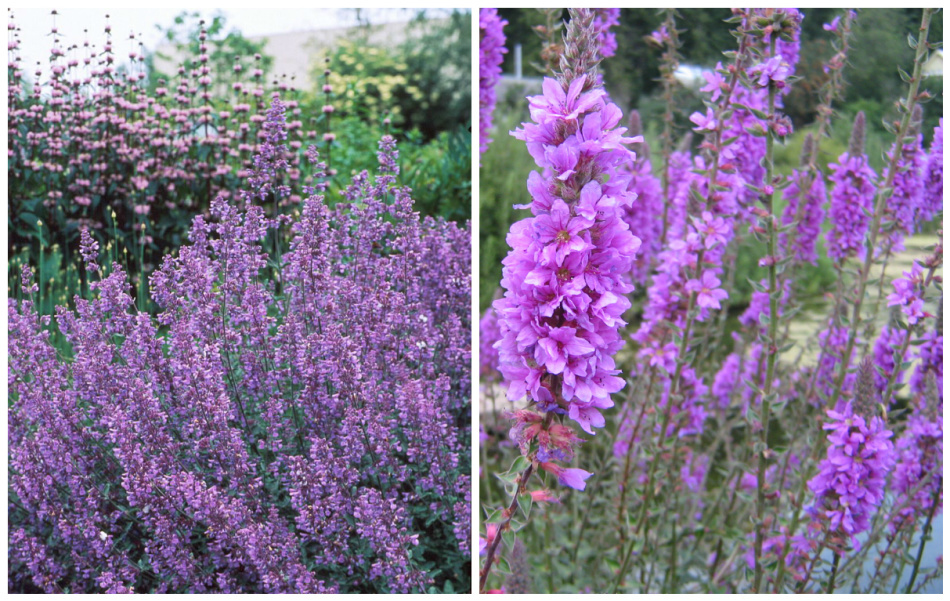 the real color of the cat
the real color of the cat The cotnik is considered perennial and can exist in a favorable climate for more than two years.
- It is an upright slightly lowered stem with an ovoid triangular leaf blade, pointed edges and a heart-shaped base.
- The flowers of the plant at the end of the shoot are collected in the inflorescence brush.
- The maximum length of the calyx varies on average to 7-8 millimeters and is presented in a curved shape.
- The petals, which form a corolla at the cat's mouth, are two-hued, occupying a length of up to 10 millimeters. The lower lip is presented in dirty white or pink tones, as well as in exceptional cases has pigmentation in the form of specks.
- Has fruits in the form of brown nuts. In summer, fruits ripen in August and if the plant does not receive the necessary moisture, the seeds turn out to be dry and unfit for cultivation.
The plant can easily be cultivated and grown in a home environment if you fulfill all the conditions necessary for that. All this is argued by the adaptation of the plant to the surrounding conditions, the main thing is to create a warm and ventilated environment.
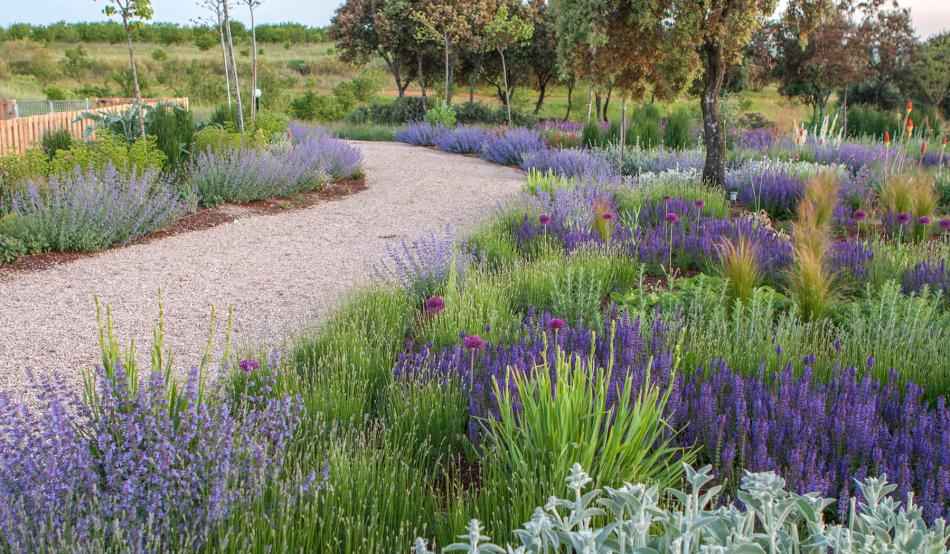 in the photo you can distinguish the cat and other plants
in the photo you can distinguish the cat and other plants - The upper part of the cat's plant has a characteristic strong smell of Schisandra, as well as a similar smell with geranium and mint. This is characterized by the presence in the plant of essential oils, which occupy 3% of the cats body weight.
- The taste of the plant depends on the quality of the cultivation, most often it is spicy, spicy and bitter.
The name of the cat the plant received due to the fact that his actions exert a strong influence on the species of felines, including lions and domestic cats. Cats fall into the narcotic intoxication from the plant for 10 minutes, after which they return to their original state.
In the wild it can be found in the desert, forest glades, slopes, weedy places, as well as along roads.
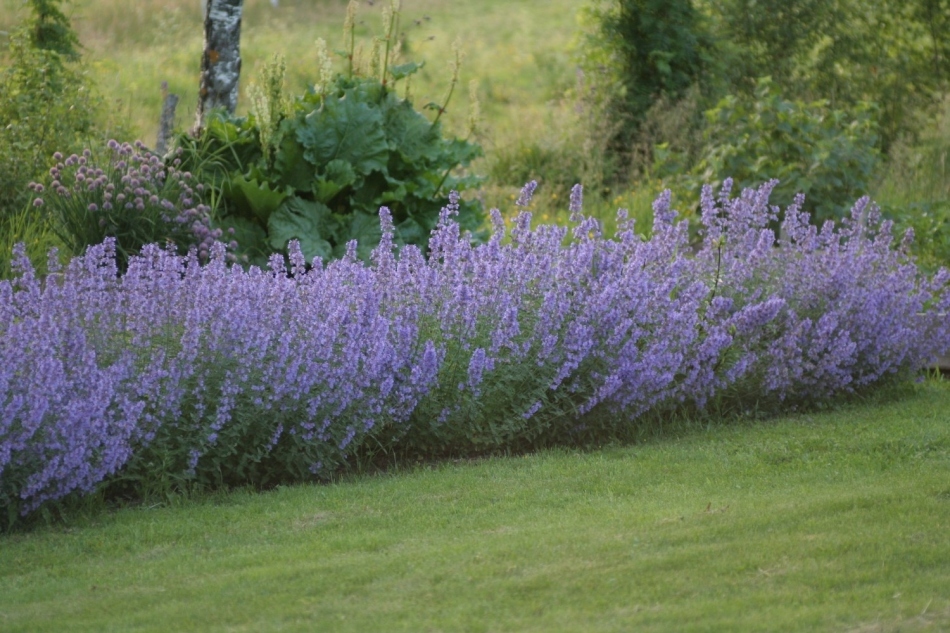 Latin name of the cat - Nepeta cataria
Latin name of the cat - Nepeta cataria Video: What is a cat and how is it used?
What is the difference between a lemon balm and a cat, what's the difference?
Cockroot, mint and lemon balm are the most popular plants that grow gardeners. They are often used for the preparation of pharmaceutical drugs, as well as often used in the recipes of traditional medicine. This is due not so much to the presence in them of pleasant citrus and mint flavor qualities, but rather to the diversity of the influence of biological properties on the body.
To the most common type of balm, refers to the balm , it also belongs to the family of the clearing and is the main representative of the genus. The closest relative of melissa is peppermint, so it is difficult to meet this plant without a characteristic tender and delicate minty smell in conjunction with notes of lemon.
Melissa was first noticed in the Mediterranean region, after which it was identified as a native of the Southern countries of Europe, Central Asia, the Caucasus and the territory of Western Siberia.
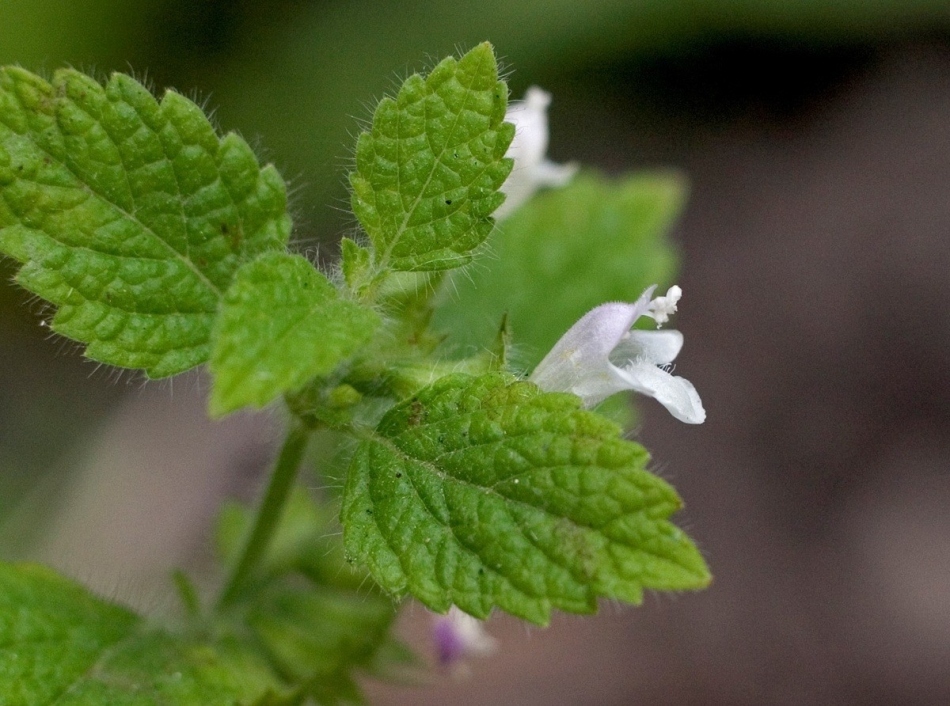 Melissa plant
Melissa plant - Melis is a perennial herbaceous plant, unlike a cat it can only reach up to 80 centimeters of growth. Stem is straight, tetrahedral and branching.
- The leaves on the plant are colored light green, attached to the stem with the petiole, ovoid.
- The color spectrum of the bicornic halo of the flower covers the shades of yellow, white, pink
- Rhizome rhizome has a branched form.
- The fruit of the plant is dry, later it breaks down into 4 brown or black nuts.
- The taste of the plant is bitter and has a strong lemon west.
In the cold season, the plant melissa quickly dies out due to its sensitivity to low temperatures. It is recommended to use for the location of the flower places, well-lit and limiting cold access.
In order to dilute cat , it is necessary to use seeds, with proper care the plant rises in a few weeks. It is best to sow the land in the spring or winter.
Melis also multiplies with the help of bushes, broods, as well as due to vegetative propagation during the transplantation of cuttings.
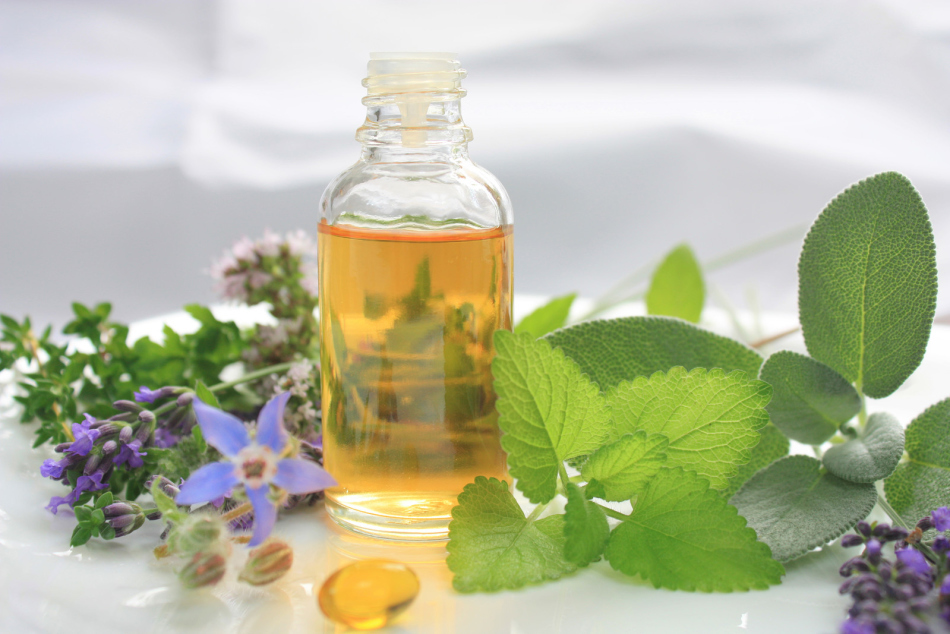 is a source of essential oils for the body
is a source of essential oils for the body Women are advised to brew tea from baldness for dysfunction of the ovaries, with hormonal disorders, during difficult-to-pass critical days, into intoxication during pregnancy, as well as during severe menopause.
In all other cases it is recommended to brew tea from baldness in cases of hormonal disorders of the body, with nervous diseases, including during psychoses or neuroses. The contained substances in the leaves of lemon balm can improve memory, increase concentration, improve metabolism.
The effect of tea helps to cleanse the intestines, duodenum and stomach, which affects the improvement of well-being. Also, when helping the body with tea, the cardiovascular system improves, as the renewal of leukocyte and lymph cells is accelerated, which in turn helps to heal wounds more quickly and restore dying cells.
The actions of the of the cat in this case are slightly different from that of lemon balm in that it is aimed at antiseptic effects of on the body, on heat drop , on the limitation of and spasms .
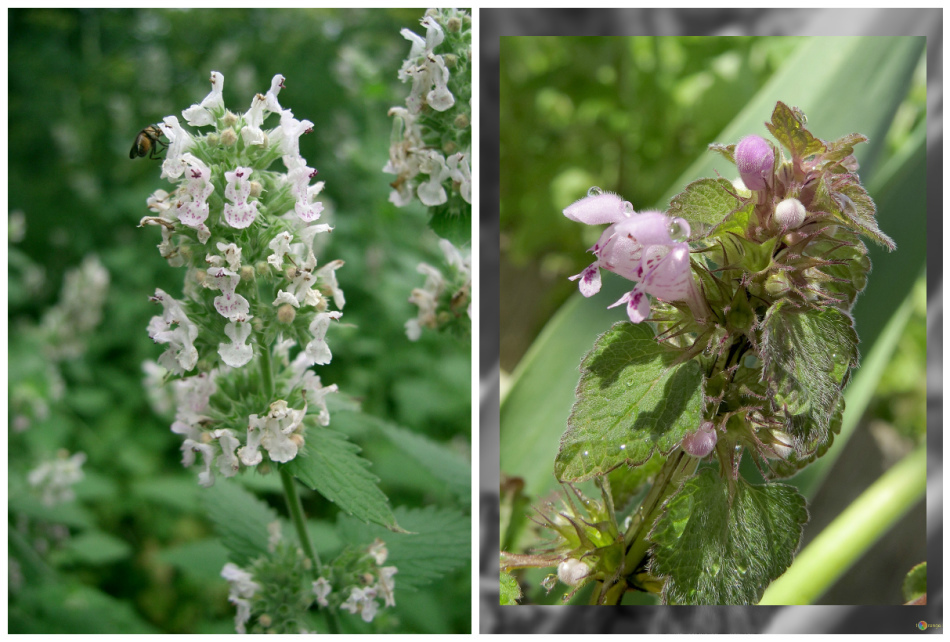 a clear example of the difference between flowers
a clear example of the difference between flowers Kotovnik useful and curative properties and contraindications
From the point of view of the remedy, the cat is considered not a distressed plant, as it contains essential oils, tannins, flavonoids, a complex of vitamins B, C, as well as a hugeorganic complex of acids, saponins and glycosides.
 flower garden from eremurus, book, lily and cathouse
flower garden from eremurus, book, lily and cathouse In the field of traditional medicine, the infusion of a cat-litter on a water basis is applied:
- to awaken the appetite of
- in cases when there is a deficiency of red blood cells and hemoglobin in the body.
- when a person has a strong convulsive cough
- dyspnea
- when there are pains in the liver, stomach, intestine
- when the body is prone to spasm of
- vessels to eliminate
- tantrums as choleretic and anthelmintic
From the cat it turns out to produce a lot of nectar, so the plant bylaw is considered an excellent medon. Honey, obtained from nectar, has an amber color and like any other honey, sweet to taste and aromatic, but differs in its medicinal benefit.
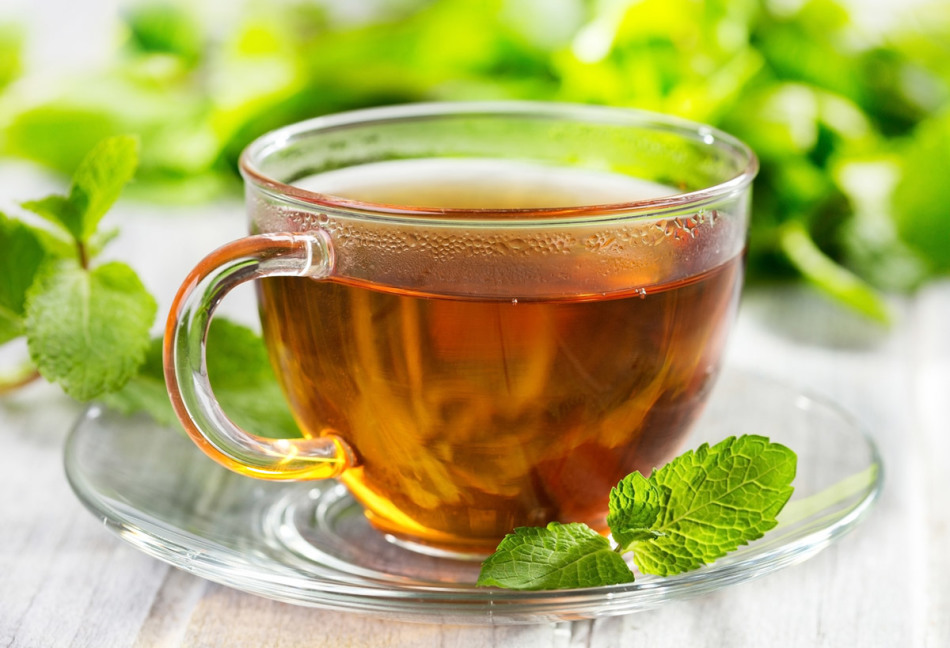 tea from a cat with mint
tea from a cat with mint Thanks to its qualities and rich content, the cat practically does not contain any trace elements that provoke contraindications. But even so, in exceptional cases it is recommended not to use the cat for medical purposes.
- First of all before the establishment of the course of treatment of by the cat it is necessary to conduct some simple procedures of oral medication in order to determine whether the organism is able to perceive the plant.
- Being in the state of pregnancy , the whole woman's environment, the course of taking medications and treatment, exert a great influence on the woman's body. In such and similar situations, it is recommended to limit oneself from receiving funds with a large number of substances in their composition.
- It is also not advisable to randomly use medicinal substances during the lactation of , so as not to spoil the breast milk.
In order not to take risks, one can visit a local hospital and consult a therapist's doctor about the possible effects of the drug on the body. Despite the fact that the tool is mostly innocuous, there is a possibility that it may prove incompatible with other heavy means.
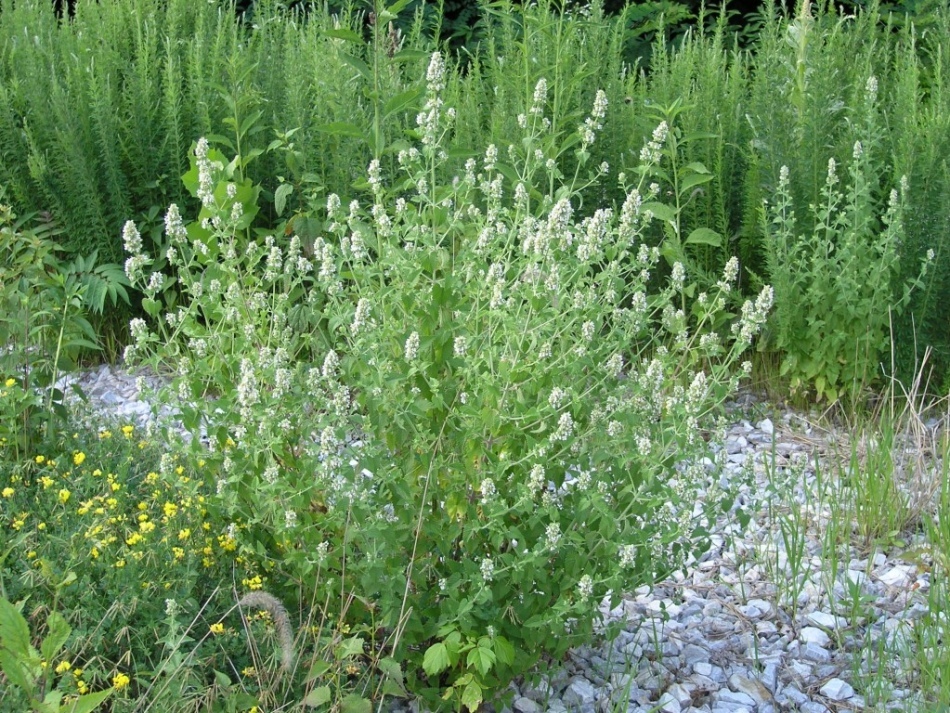 is not a matured caterpillar plant
is not a matured caterpillar plant Video: How not to confuse cats and baldness with each other?
Application of the cat in folk medicine: recipes
To prepare the medicine according to the recipes, the cat is cut and dried in advance. During flowering from the top down the stalk is measured 15 centimeters of a herbaceous plant, after which it is cut and dried in a dark room in a draft. Plants the plant in paper packaging, which is stored until the time of implementation.
When the harvest is two years old, the plant accumulates useful properties and acts more efficiently.
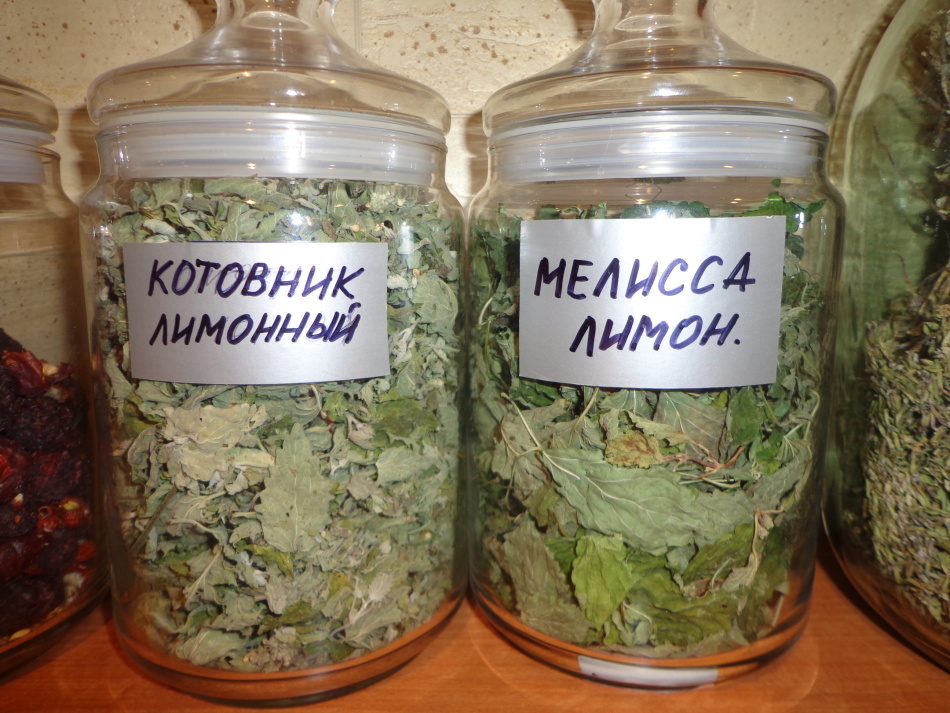 the difference between the cats' leaves and the leaves of other plants
the difference between the cats' leaves and the leaves of other plants - For the effective treatment of gastritis and stomach cramps, can be used in the course of treatment of the caterpillar .For this, it is necessary to brew 1 teaspoon of the herb's herb into a glass in 200 grams. The drink is infused for several hours, after which it is filtered. The finished product is applied before each meal by one teaspoon. Welding after cooking can be used in the treatment of skin diseases.
- To eliminate insomnia a recipe is prepared from mint, hops and cats. Equal portions of the container are filled with all the ingredients and mixed, after which the mass is placed in a thermos bottle and filled with water in a volume of half a liter. The drink is insisted no more than one hour, later filtered. A ready-made drink is drunk in the evening after a dinner of up to 100 milliliters.
- In case of infectious diseases such as angina or with throat compaction , it is necessary to brew a drink of 3-4 teaspoons of herb tail for a capacity of 200 milliliters with the medicine set up for no more than 30 minutes and then filtered. The remainder of the brewing is then pressed into the same container. A ready-made drink needs to gargle 3 times a day.
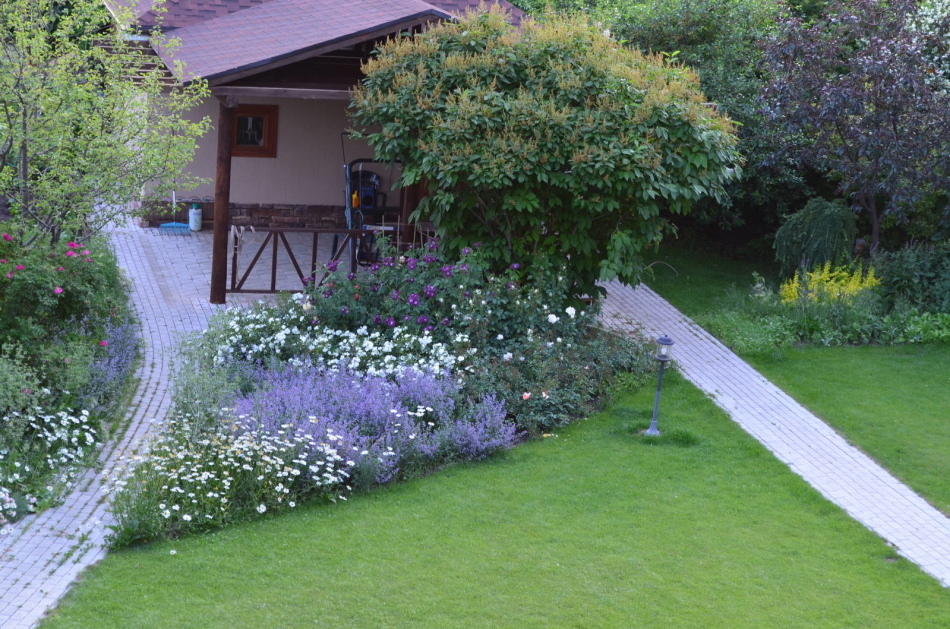 in the photo can distinguish a cat from other plants
in the photo can distinguish a cat from other plants Useful and medicinal properties of tea from a cat and its use
The actions of decoctions based on a cat have a beneficial effect on the body of not only a sick person, but also a healthy one. All this suggests that the plant of the cat is universal and can be safely used for preventive purposes. Of the most important qualities are:
- The ability to reduce infectious inflammation of the body, which is a consequence of both internal and external medication.
- Direct influence on the nervous system of a person, namely directed influence on the stress state of a person and creation of conditions under which a person is able to feel more comfortable.
- Ability to eliminate negative phenomena, such as spasms, cramps or colic. Many people have encountered these problems, which in turn are able to solve the decoction of the cat for three times a day.
- The ability of tea from the cat to muffle for a while the pain.
- Interaction with phlegm during illnesses of acute respiratory infections or influenza. With such diseases, tea is able to interact with drugs and stimulate sputum production when coughing.
- Effect on blood vessels. This helps to muffle external and internal bleeding when injuries are caused.
- Stimulation of a diuretic by cleansing the kidneys. At the same time, a positive effect is also registered on the reduction of the edema of the kidneys.
Thanks to all these qualities, the use of the cat was undeniable in ancient times and even today has not changed its position. The main thing to remember is that the plant is multidisciplinary and contains as many substances that you can have allergies to. It is best before consulting the doctor to consult a physician about the appropriateness of using this type of traditional medicine.
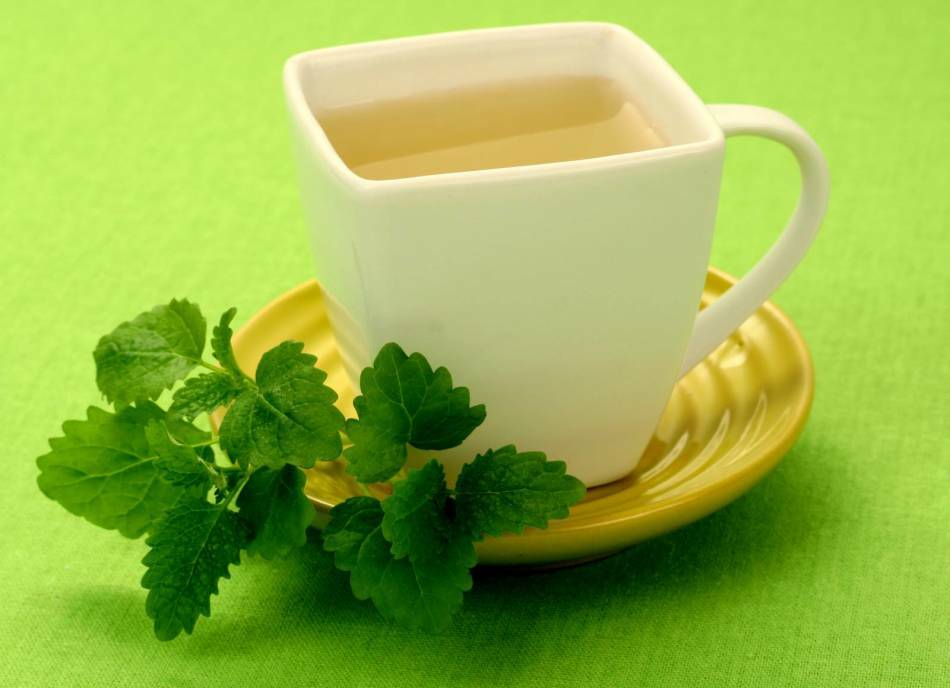 add to your drink at will mint leaves or lemon
add to your drink at will mint leaves or lemon 